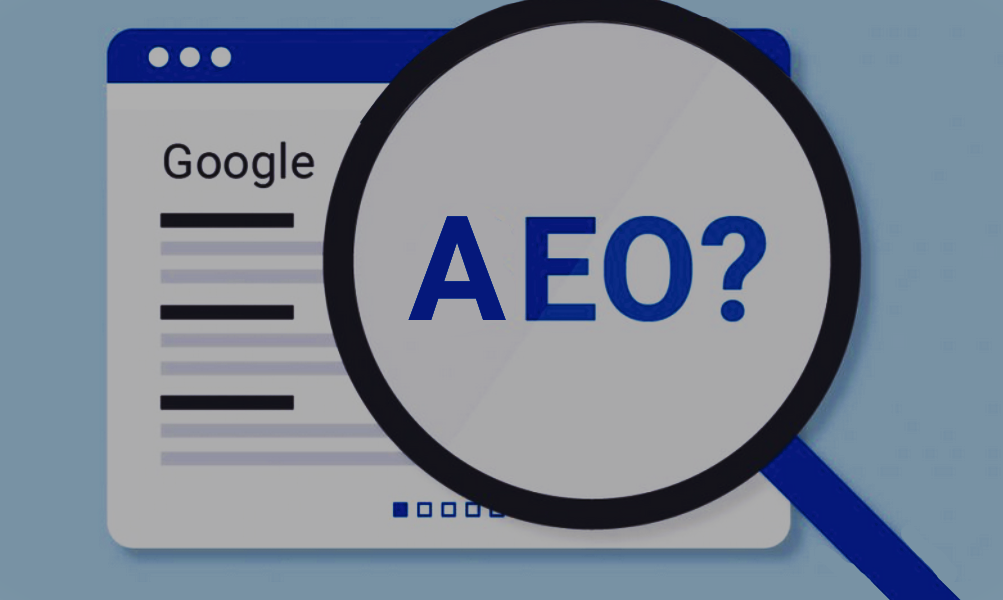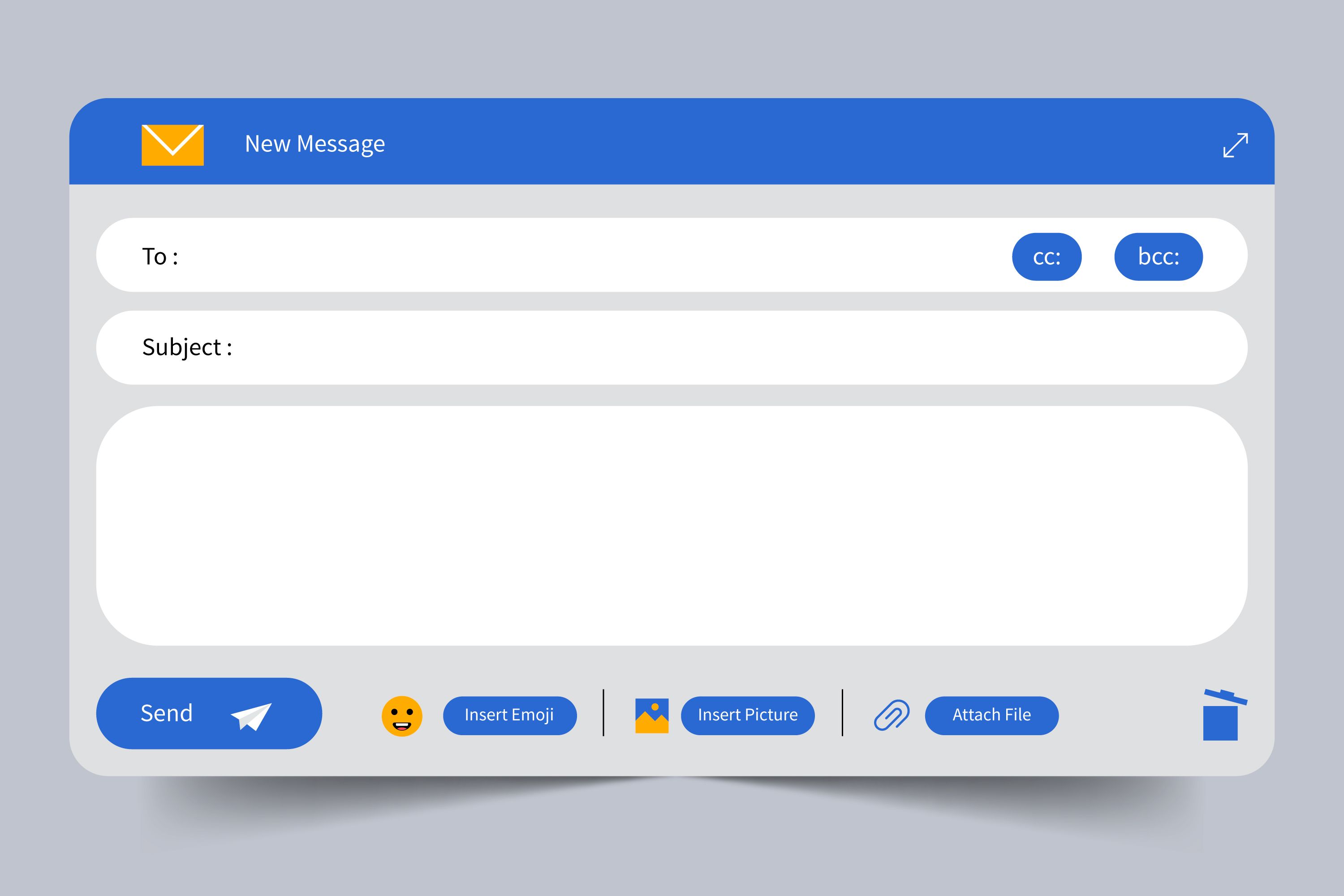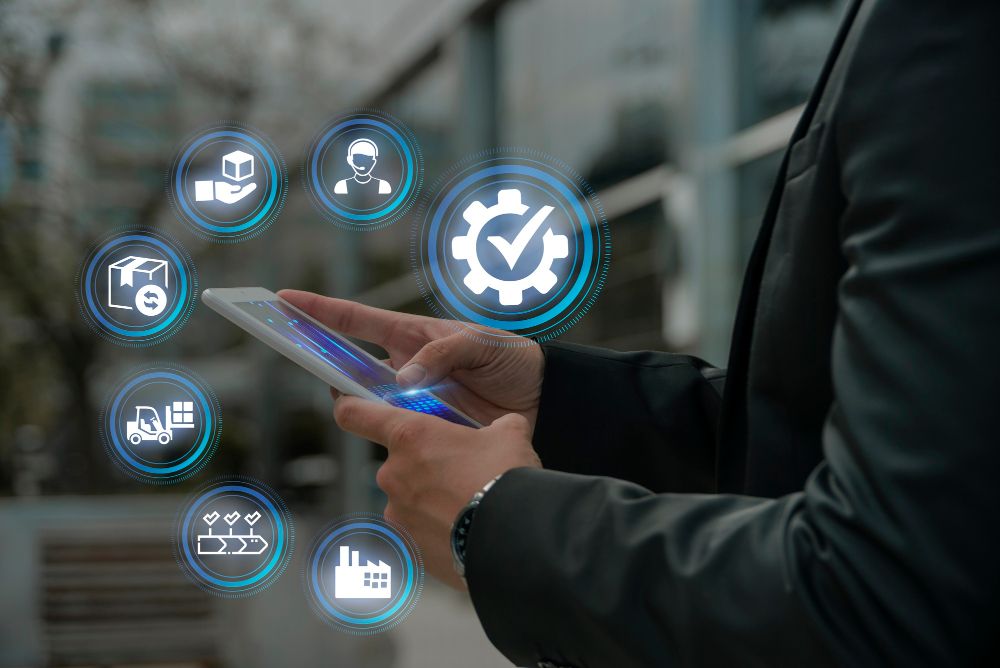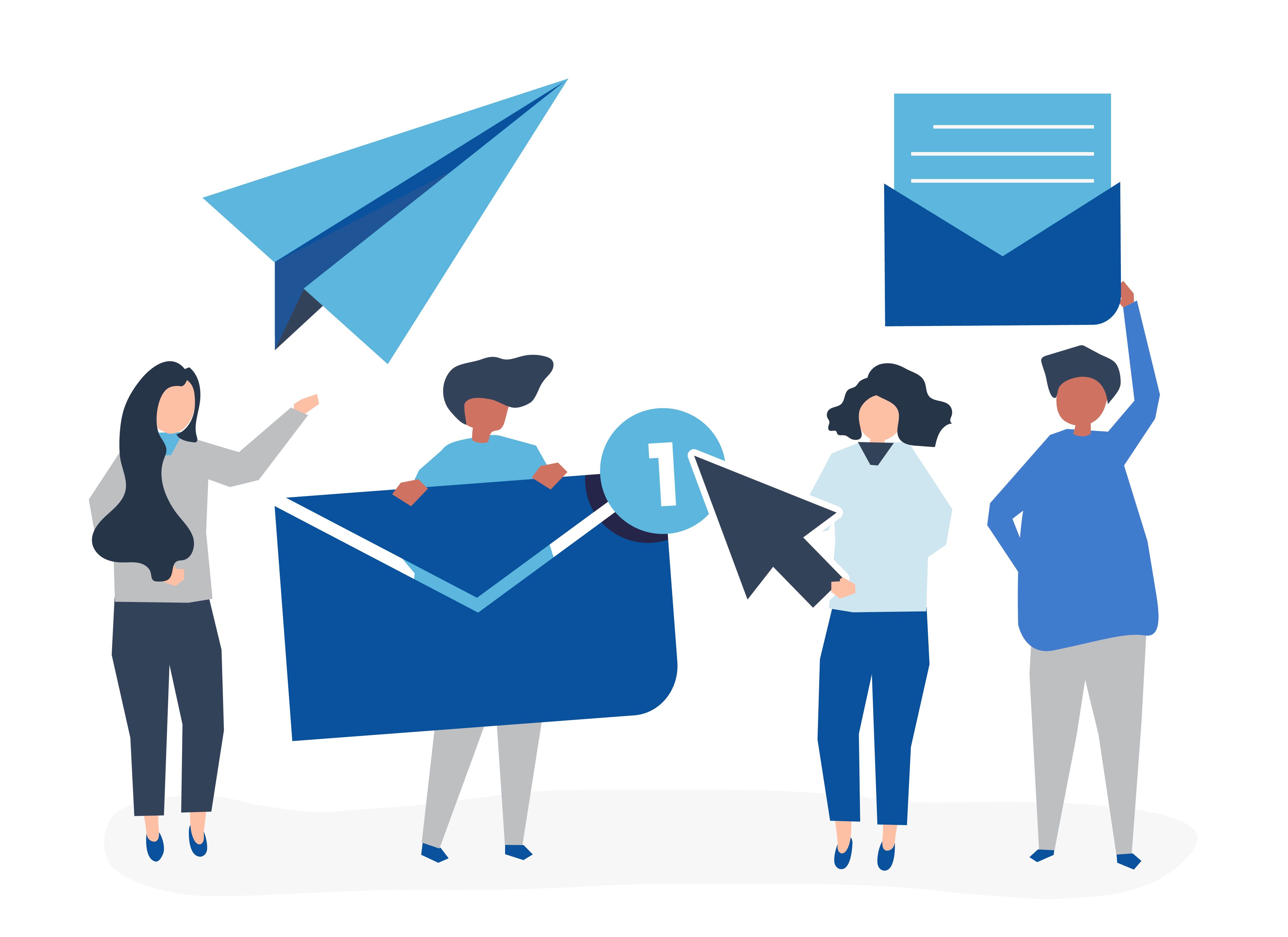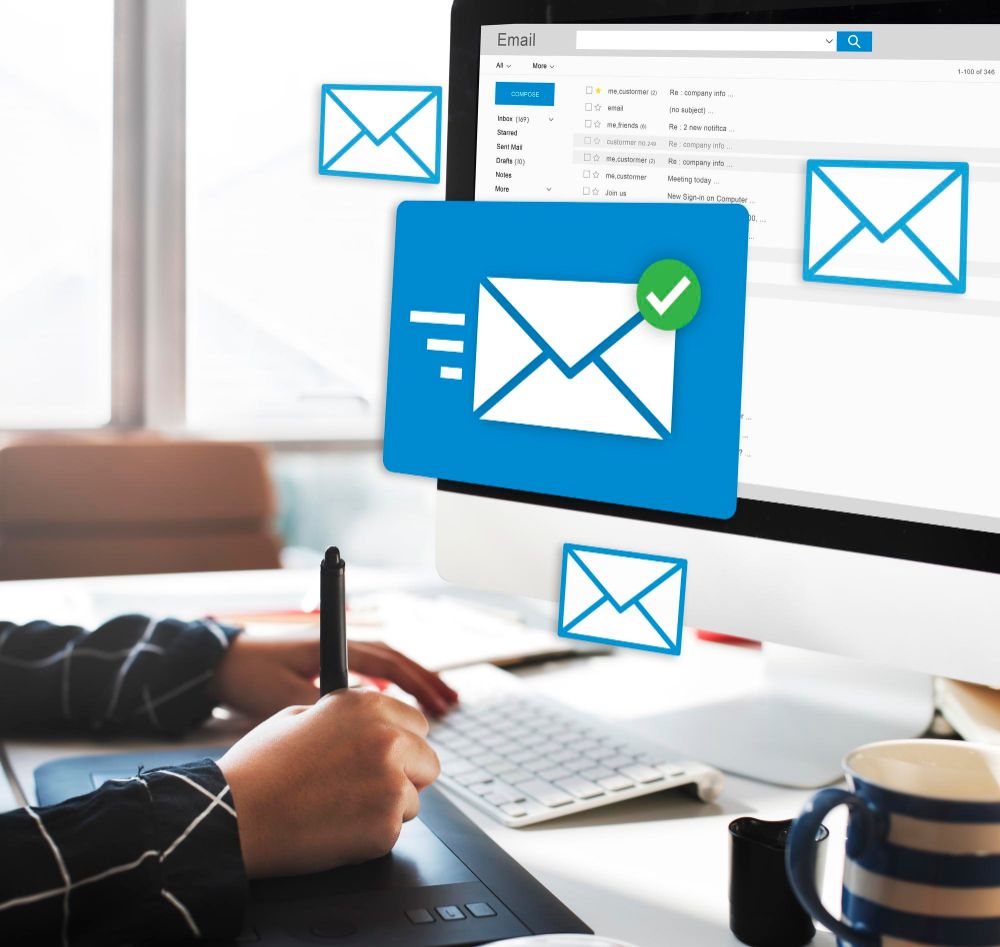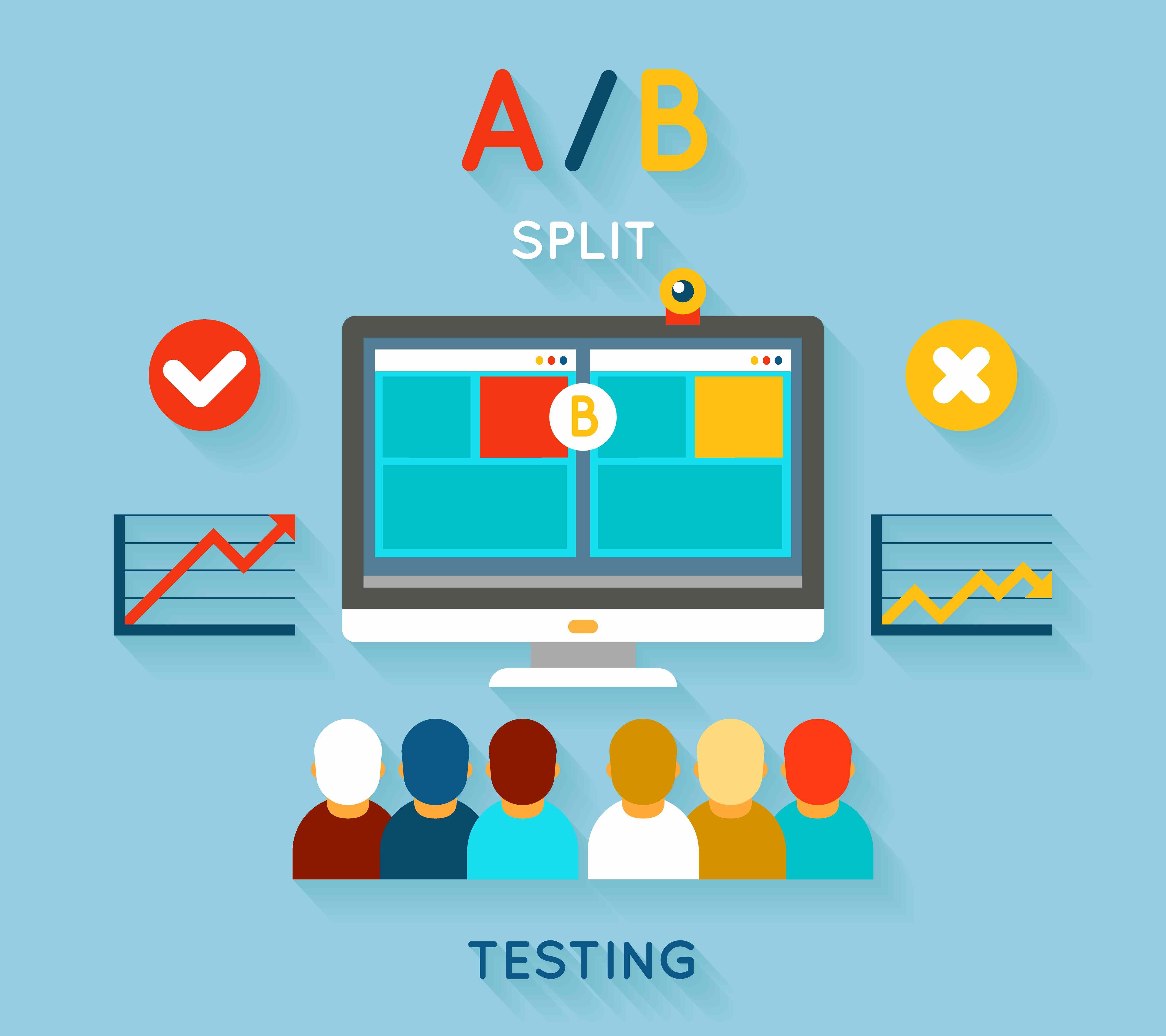
With an increased focus in the digital age on Industry 4.0, one of those concepts that have emerged as bordering new technology is digital twins. Broadly considered a virtual model of an actual object, process, or system that is used to update and reflect the physical counterpart in real-time so as well as use simulation, machine learning, reasoning, etc., for analytical purposes, at its core is the Digital Twin. As businesses worldwide shift towards a more sophisticated, data-oriented landscape, digital twins are becoming of greater importance in both increasing efficiencies and predicting and facilitating innovation.
Industry 4.0, also called the fourth industrial revolution, is a range of new technologies that are changing how things get made. Things like the Internet of Things (IoT), artificial intelligence (AI), robotics, and big data control sensors in machines help businesses create detailed digital backups of these assets, known as 'digital twins.' Digital twins, therefore, have the potential to unify these two different worlds of data into a single space, providing manufacturers with tools for more efficiency in operations and less…
The idea of digital twins is not a new one; it began with NASA during the years in which America first ventured into space exploration, and full-scale models were used to both predict and monitor individual spacecraft. However, Industry 4.0 introduces digital twins on a new level applicable to whole industries.
In simple terms, a digital twin works by acquiring data from sensors embedded in things to generate a digital replica. This model is suitable not only for forecasting failures of equipment but also for production and other process optimization.
The initial phase of a digital twin is the collection of data from different sources, including sensors, IoT devices, and enterprise systems. This data is integrated onto a single platform where it can be analyzed and inform real-time updates to the digital twin.
After the Data Collection, the next step is to create a Digital or Virtual model of the Physical Asset. It constructs an evolving simulation, not merely a snapshot model. To improve its accuracy and forecasting ability, the model is usually supplemented with advanced analytics and AI algorithms.
The installation of a digital twin allows organizations to monitor activities from the physical assets in a live stream. They can identify when things are going wrong or right, predict failure, and take data-driven actions to improve efficiency and reduce costs.
One of the most exciting aspects of digital twins is their ability to forecast future outcomes based on past data as well as real-time event streams. For example, a digital twin of a manufacturing machine can forecast when one might expect to see wear on a part, offering the chance for preemptive maintenance that spares expensive downtime.
Lastly, digital twins allow you to continuously optimize the processes/systems. Organizations can simulate different scenarios and predict the outcomes to understand how they should move forward, then do these two in a loop.

The term "digital twinning" describes a new category of technology that is being implemented in various industries and will change their way of working by making them highly interactive with the data indicated above. Here are some of the essential applications in Industry 4.0:
In the context of manufacturing, digital twins are utilized to build a replica that resembles major assets such as factories and production lines or individual machines. These models simulate the process from raw materials to finished product production, providing a comprehensive view for manufacturers that enables them to optimize operations, reduce waste, and enhance product quality.
Predictive Maintenance
One of the most common use cases for digital twins in manufacturing is predictive maintenance. Digital twins monitor the health of machines and equipment around the clock, meaning they can predict when maintenance is required so that you never need to worry about an unexpected malfunction impacting your assets.
Production Optimization
Digital twins can simulate various scenarios in manufacturing processes to help identify problems at bottlenecks, optimize resource usage, and increase the overall efficiency of the system. This results in faster production, cheaper products, and improved quality.
Design and Development of New Products
Digital twins are a vital part of designing new products. When manufacturers create a virtual prototype of the new product, they can test and fine-tune their designs before physical production takes place. These two strategies minimize time-to-market once actual manufacturing begins and make sure that the final product respects all requested specifications.
In the energy and utilities domain, digital twins are widely adopted to observe and control complex infrastructure, including power grids, pipelines, and water treatment plants. Digital twins give operators the ability to check in real-time on these systems, resulting in better performance, lower energy use, and earlier identification of any problems.
Grid Management
Real-time digital twins of power grids can track the flow of electricity and thus support utilities in balancing supply with demand, avoiding blackouts, and improving integration for renewable energy resources.
Pipeline Monitoring
Digital twins can be used to monitor the state of pipelines, identify leaks, and control resource flows more effectively for oil and gas companies, which enables operational cost reduction as well as minimization of environmental harm.
Water Treatment
The digital twins of water treatment plants can be used to maximize the amount and efficiency with which clean water is delivered while minimizing chemical use, energy consumption, and maintenance schedules.
Digital twins are used in healthcare to produce individual patient models using simulations that enable doctors to analyze treatments and predict outcomes, as well as plan more effective care.
Pharmacology and Personalized Medicine
By creating a digital twin of the patient, doctors can simulate and check how different treatments will affect them, leading to more personalized and effective healthcare.
Hospital Management
In addition to being on the front line of care, digital twins can be utilized to design patient flow through hospitals and ensure necessary assets are available when needed.
Medical Device Manufacturing
Digital twinning can be used to simulate how medical devices are produced, from assembly line configurations and maintenance plans to regulatory requirements that the final product must satisfy.
By performing such operations, digital twins also facilitate building simulation techniques of whole cities to assist their planners in devising the best possible solutions for problems as varied as traffic congestion and energy use.
Urban Planning
Digital twins can also be used to simulate the impact of new developments, helping city planners make better decisions for creating more sustainable and efficient urban environments.
Traffic Management
In addition to tracking traffic in real-time, digital twins can help optimize signal timings for improved road usage and help reduce congestion while also identifying ways to enhance the city's public transport system.
Energy Management
Digital twins in smart cities can improve energy distribution and consumption patterns, reducing waste and greenhouse gas emissions.
Digital twins are used in aerospace and defense industries to replicate the performance of aircraft, spacecraft, etc., digitally.
Aircraft Maintenance
Lightweight, high-fidelity digital twins of aircraft can predict when components will need replacing in a realistic timeframe, informing the best time to schedule key maintenance activities more efficiently and reduce risks of catastrophic failures in flight.
Mission Planning
In defense, the use of digital twins can simulate a military engagement for mission planning to help planners identify the best strategies and reduce risk.
Space Exploration
NASA and other space agencies use digital twins to virtually create the environments that spacecraft can potentially encounter, enabling them to optimize designs further while also helping in planning missions with enhanced precision.
Although digital twins offer a multitude of advantages, the path to integration is not exactly an easy one. Deploying a digital twin is also not as simple as connecting it to physical data; other areas organizations need to consider include the management of their existing aging silos, integration with current systems, or security.
Digital twins need a lot of data — often from multiple sources, and that can be difficult to track. Organizations need to have an infrastructure ready for real-time data capturing, storage, and analysis.
Data Quality
Obviously, the digital twin is no better than its data source. Organizations need to make all data precise, fresh, and error-free.
Data Integration
Digital twins typically need data from different sources, ranging from sensors and IoT to enterprise systems. It could get complicated to combine this data, especially if it's written in different languages or within distinct locations.
Integrating with existing systems — e.g., enterprise resource planning (ERP) and manufacturing execution system (MES), is usually a necessity in the case of deploying digital twins. This could be difficult, especially if these systems were not originally built to interact with digital twins.
Legacy Systems
Many companies still have legacy systems that might not support a digital twin. This will sometimes require an upgrade or, in some cases, a full replacement of such systems.
Interoperability
Digital twins need to talk to other systems and devices, which can prove demanding if these systems use varied communication protocols or data formats.
Cybersecurity of digital twins is a crucial aspect as they are often connected to critical infrastructure along with the availability of sensitive data. Digital Twins must be secured, and access control mechanisms need to be put in place by organizations.
Data Security
At the core, data is what digital twins are all about. Data breaches can be prevented by using strong encryption, access controls, and monitoring in an organization.
Security Threats
Many of these devices run on different systems and have access to digital twins, which can lead to vulnerabilities. All systems need to be safe and have alerting mechanisms in place so that organizations can detect and react accordingly.
For large organizations with multiple systems or facilities, implementing digital twins can be expensive and complex. Enterprises have to weigh the investment of deploying digital twins against what they bring and ensure that they possess the needed resources and skills.
High Initial Investment
The initial investment cost in digital twin technology requires an extensive financial push, particularly for organizations that need to upgrade their ecosystem or integrate applications with numerous existing systems.
Continued Costs
Besides the upfront expenditure, companies must take into account the necessary costs for maintaining and updating digital twins regularly, plus any training required to teach staff how to utilize them.
Both technologies have a promising future, and currently, an increasing number of specialists speculate that digital twins can be the tool companies from virtually all industries will need in the Industry 4.0 era to accomplish top-level performance improvements at scale. We think of digital twins as increasingly advanced over time, simulating more and jaggery electronic systems, offering substantial benefits.
One of the most fascinating innovations related to digital twins has been their overlap with AI and machine learning. By incorporating AI with digital twins, organizations will have more accurate and predictive models to optimize operations and costs better, which helps in innovating faster.
Advanced Analytics
AI and machine-learning tools can be employed to analyze data generated from Digital Twins, revealing unique patterns or trends that may not otherwise be available. This sparks new ideas and areas that can be optimized.
Automatic Decision Making
Digital twins might someday be able to act on digital intelligence, run thousands of scenarios in milliseconds, and select what they consider is the better one, considerably reducing the demand for manpower and efficient operations.
As digital twin technology evolves, we hope to see wider adaptation across more industries and applications. Digital twins have the power to disrupt many things, from agriculture to entertainment.
Agriculture
Digital Twins in Agriculture is another exciting application of this cutting-edge technology, where you can optimize your farming operations using scalable modeling and analyzing techniques. This might result in sustainable and smarter farm practices.
Entertainment & Media
Digital twins in the entertainment industry can be employed to generate lifelike virtual worlds, simulate crowds, and even predict a new content's success.
Supply Chain Management
Digital twins enable the creation of a virtual model of an end-to-end supply chain to optimize logistics, minimize waste, and respond faster to fluctuations in demand.
These digital twins could make collaboration and innovation easier with a real-time view of the (complicated) system for anyone sharing them. It could help organizations go beyond their existing framework to collaborate with more partners, suppliers, and even open up new avenues of innovation and growth.
Collective Innovation
Digital twins can make pitching easier for organizations by offering a common way of looking at systems to partners, suppliers, and clients. It results in newer ideas, products, and services.
Open Ecosystems
As digital twins proliferate, the industry will most likely lean towards open ecosystems to allow companies to share applications with others and work globally together on a solution. In turn, this could fuel innovative new forms of business.
Digital twins are one of the key technologies making Industry 4.0 a reality, enabling organizations to operate more efficiently and with greater agility than ever before, all while cutting costs in the process depending on implementation. Digital twins have their fair share of challenges, but the rewards for such diligence more than make up for these obstacles and are a necessary technology in the future of the industry.
Digital twins are expected to proliferate more and more as we head into the future. As technology advances, using AI and Machine Learning with data analytics, it will be possible to make Digital Twins sufficiently sophisticated that they can simulate the most complicated of systems down to a fine point. Digital twins, whether embraced in manufacturing, healthcare, energy, or other fields, are bound to expedite us into the next chapter of success — Innovation and Sustainability.
In simple terms, a digital twin refers to the virtual model of any machine or system that is synched with real-time data. With Industry 4.0, they are employed in various ways for simulating and optimizing tools during manufacturing, monitoring equipment, or even providing predictive maintenance services with the aforementioned examples just being some reference possibilities for how digital twins can be implemented successfully within industry plant-floor operations.
Manufacturing – Digital twins provide predictive maintenance capabilities, improve production processes, and reduce downtime as well as ensuring higher product quality. This means that producers can trial different ‘what if…?’ and data-driven decisions for a more effective, cost-saving operation.
Digital twins are significantly utilized in different sectors like manufacturing, healthcare industries, and across domains such as energy, aerospace, and smart cities. These are employed to enhance processes, employ better judgment, and innovate in these verticals.
Challenges of implementing digital twins include handling huge data, integration with legacy systems, and cybersecurity & cost management. Executing and sustaining the operational side of digital twins requires resource planning from an organizational perspective.
Digital twins meet AI in the form of machine-learning algorithms that examine data, predict results exactly, and commit autonomous decisions. Thousands of IoT sensors live in an automotive factory, enhancing the accuracy and general capabilities of digital twins for simulation and optimization work.
The roadmap for digital twins with Industry 4.0 also has more AI integration to offer, broader coverage in industry applications, and an increased level of sharing through wider-ranging digital ecosystems. With further advancements in technology, digital twins will increasingly serve as the core tool for optimizing and innovating industrial processes.
